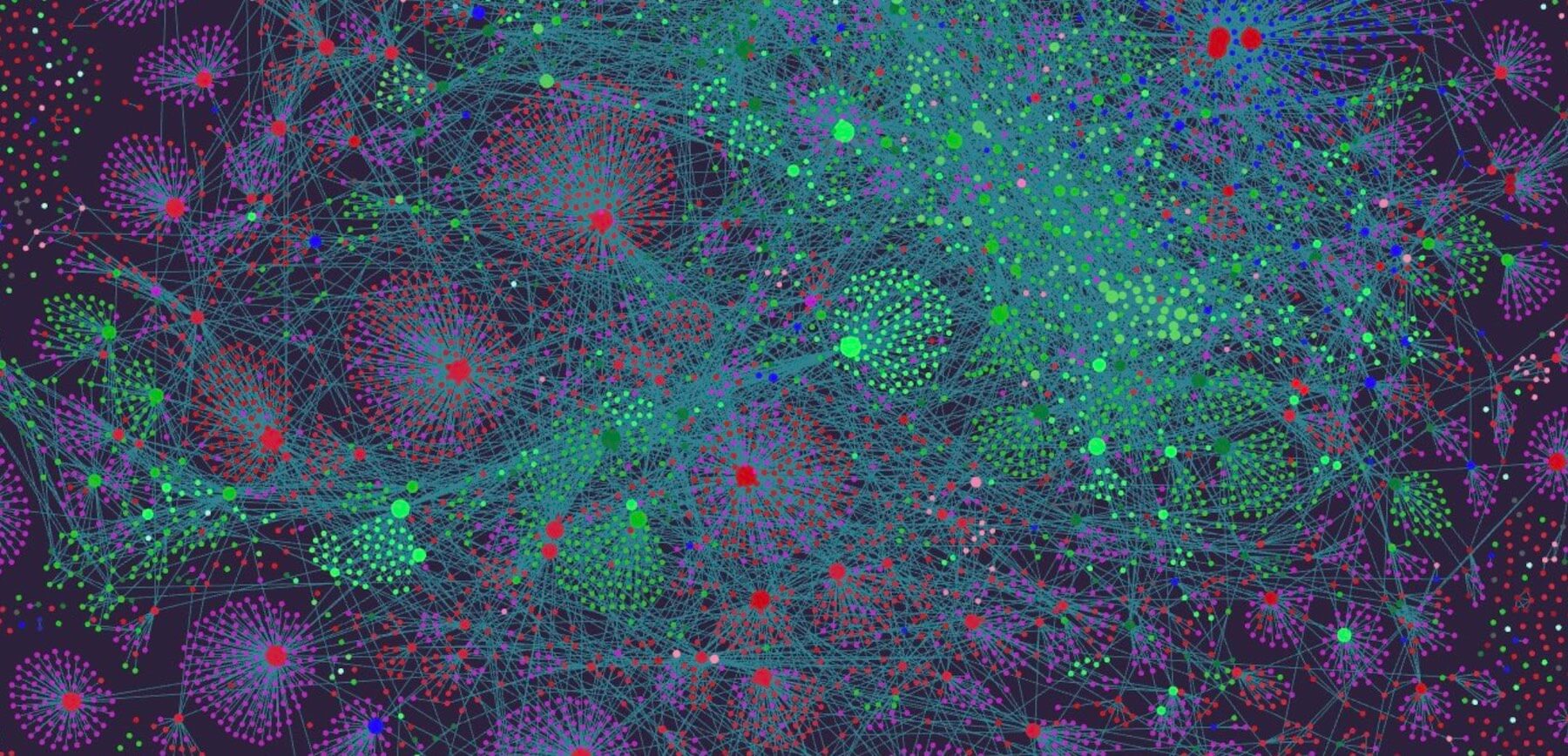Concept-based Notes and Composable Ideas
November 12, 2021 • #If a note is an idea, we want to make the idea as atomic as possible, so we can find and stitch them together into an interconnected web of ideas. We want composable building blocks.
Composability helps us stack, mix, and repurpose ideas. To correlate them and find the relationships between them. Prose is an excellent medium for consumption, for diving deep on a particular topic. But with a prose format for documenting ideas (through notes), it’s harder to relate shared ideas across domains. Prose makes ideas easy to expand on and consume, but difficult to decompose into reusable parts. Decompose too far, though, say into individual words and letters, and the information is meaningless. We want a middle ground that can effectively convey ideas, but is also atomic enough to be decomposed and reused. We want idea Legos.

In Self-Organizing Ideas, Gordon Brander contrasts the linear, difficult to break down expansiveness of prose with something more like an index card. With index card-level division, ideas can now be expounded on at the atomic level, but also cross-referenced and remixed more easily than long-form prose. With the Zettelkasten, Luhmann devised a system of just that: numbered index cards that could reference one another. If you use a system like this for note taking, it’s a fun exercise to actually take a batch of 3-5 permanent notes at random and look for relationships. When I’ve done this, pulling out 2 arbitrary permanent notes, it often sparks new thoughts on them, and in the best cases, entirely new atomic notes.
Within our knowledge systems, we should strive for that right altitude of scope for a particular note or idea. Andy Matuschak says “evergreen notes should be atomic.” In my system, I make atomic notes that are concept-based, with a declarative format that prompts me to keep the note focused around a specific idea. Just scrolling through the list now, I see ones like:
- “Traditions are storehouses of trial and error”
- “Novelty in startups is higher than predicted”
- “Knowledge is the biggest constraint in product management”
With a format like this, each note is structured as a claim or idea, so it’s densely linkable inline within other notes. So when reading a note, the cross-link to another idea can appear seamlessly within the text. Using a concept-based approach, we might find serendipitous connections we weren’t looking for. Andy says:
If we read two books about exactly the same topic, we might easily link our notes about those two together. But novel connections tend to appear where they’re not quite so expected. When arranging notes by concept, you may make surprising links between ideas that came up in very different books. You might never have noticed that those books were related before—and indeed, they might not have been, except for this one point.
Novel ideas spring from concocting new recipes from existing ideas. Composable, atomic ideas make it more manageable to toss several disparate ones together to experiment with new combinations.
Gordon has been writing lately about his work on Subconscious, and the possibility of software-assisted self organization of ideas. This is a super intriguing idea, and exactly the sort of reason I’m interest in computers and software — for their ability to help us think more creatively, do more building, and less rote information-shuffling.